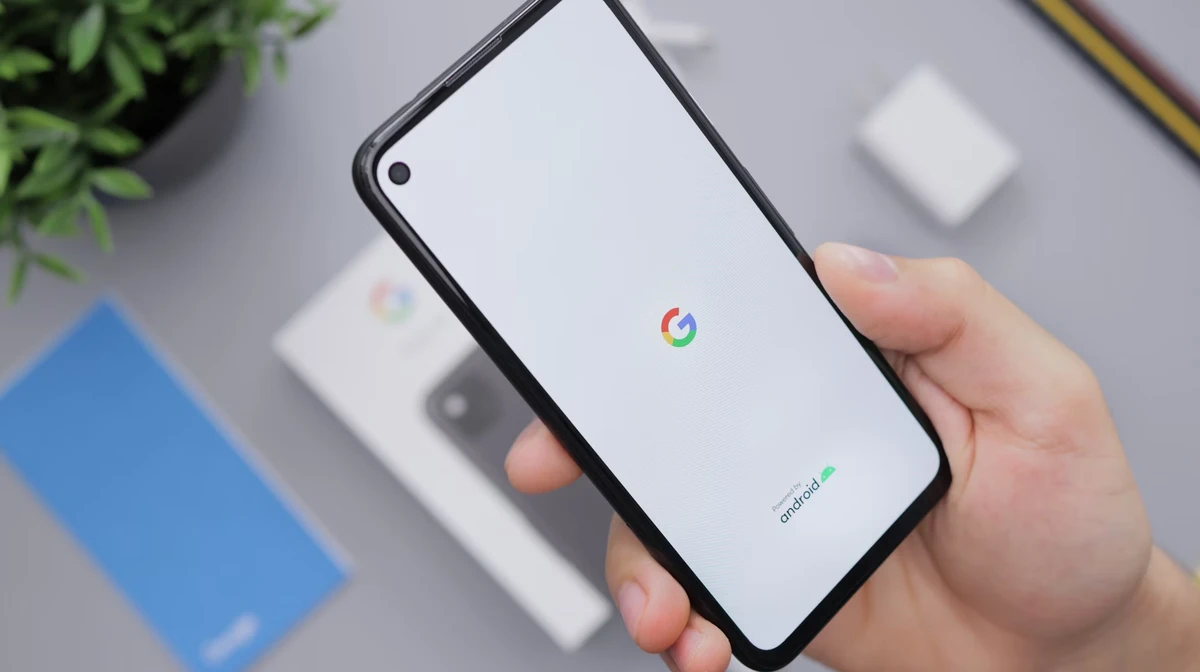
Phishing is a sneaky way for cybercriminals to steal personal information. Android users are prime targets and these attacks often come through text messages or malicious links. There have even been reports of recent scams where a call comes through displaying apparently legitimate caller ID. Scammers pretend to be legitimate companies, like banks or service providers. They lure you with deals that seem too good to be true, such as a gift or a considerable discount. It’s all about getting you to click on a link or give away sensitive information. Today, you’ll learn to recognize and avoid phishing attempts.
Table of Contents
Spotting Red Flags and Phishing Attempts on Android
Recognizing phishing attempts is crucial. Here are some tips to help you spot deceptive messages.
Check for Grammatical Errors
Phishing messages often have spelling and grammar mistakes. Legitimate companies usually ensure their communications are error-free. If you get many of these texts, consider asking to have your info removed from Google.
Suspicious Sender Information
Phishers might use email addresses or phone numbers that look like legitimate contacts but with slight variations, such as additional numbers or an unusual domain name. Always verify the sender’s details before taking any action.
Unsolicited Links
Be cautious of messages with unsolicited links. Long-press the link to preview the URL without clicking on it. Look for misspellings or unfamiliar domains.
Urgent or Unusual Requests
Messages urging you to click a link or download an attachment should raise red flags. Scammers use urgency to stop you from thinking critically.
Best Practices Against Phishing for Android Users
Following these best practices is crucial for protecting yourself from phishing attacks:
Never Click on Links from Unknown Senders
If you see a message that doesn’t make sense from a contact, don’t click the link. Even if the message seems to come from a known contact, ask them about it on another social or in real life. If it’s from an unknown sender, don’t reply and never click the links.
Verify Information Before Entering Personal Details
If a message asks for personal or financial information, contact the company directly using official details from their website. Don’t use the contact information provided in the suspicious message.
Be Cautious of Unsolicited Offers
Offers that seem too good to be true often are. Be skeptical of unsolicited deals and promotions, especially if they require personal information or an upfront payment.
Be Wary of Messages Creating a Sense of Urgency
Scammers often create panic to prompt quick action. Evaluate the message critically. Legitimate companies rarely demand immediate action without prior notice.

It’s All About Vigilance & Awareness
Protecting your personal information is essential in today’s digital age. Staying informed is the first step in safeguarding against phishing attacks. If your phone is slow, check your RAM; a program could be using your device in ways you don’t want. Vigilance is your best defense against phishing on Android devices. Be aware of scammers’ tactics and follow best practices to reduce the risk of falling victim. Always verify the authenticity of messages before responding. Lastly, never provide personal information through unsolicited communications.